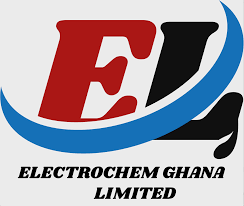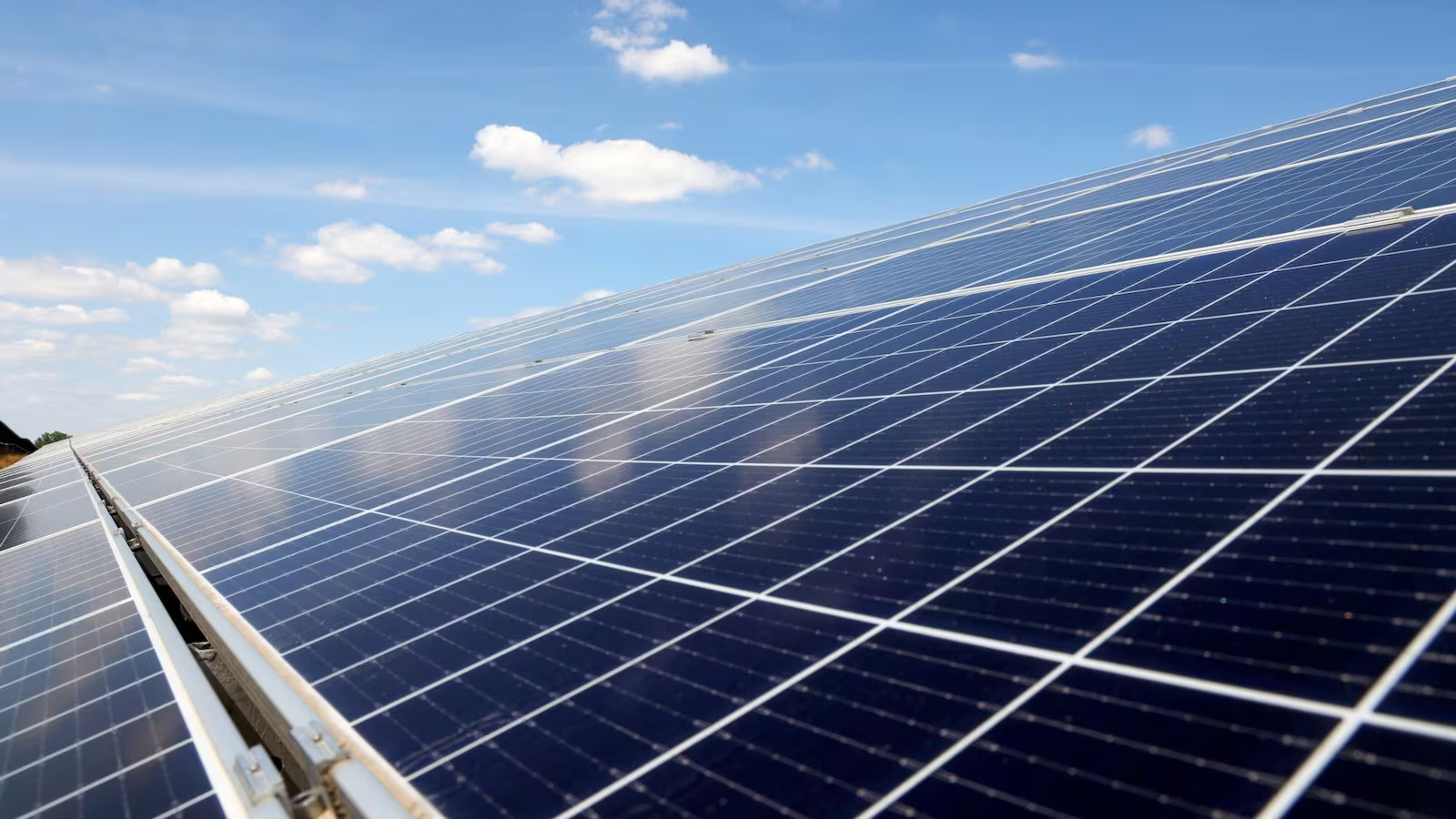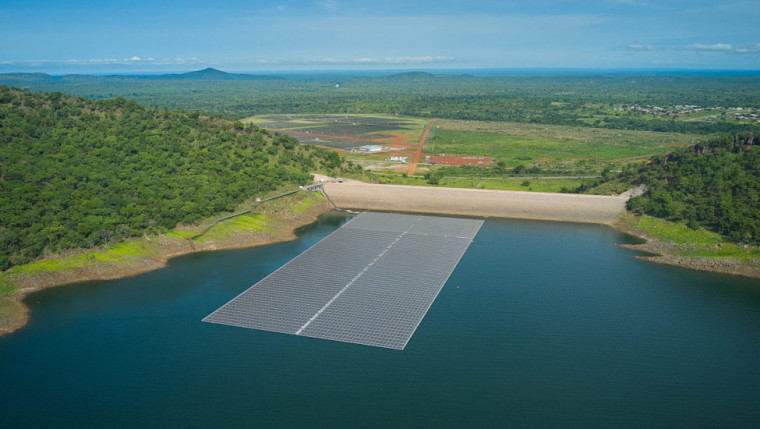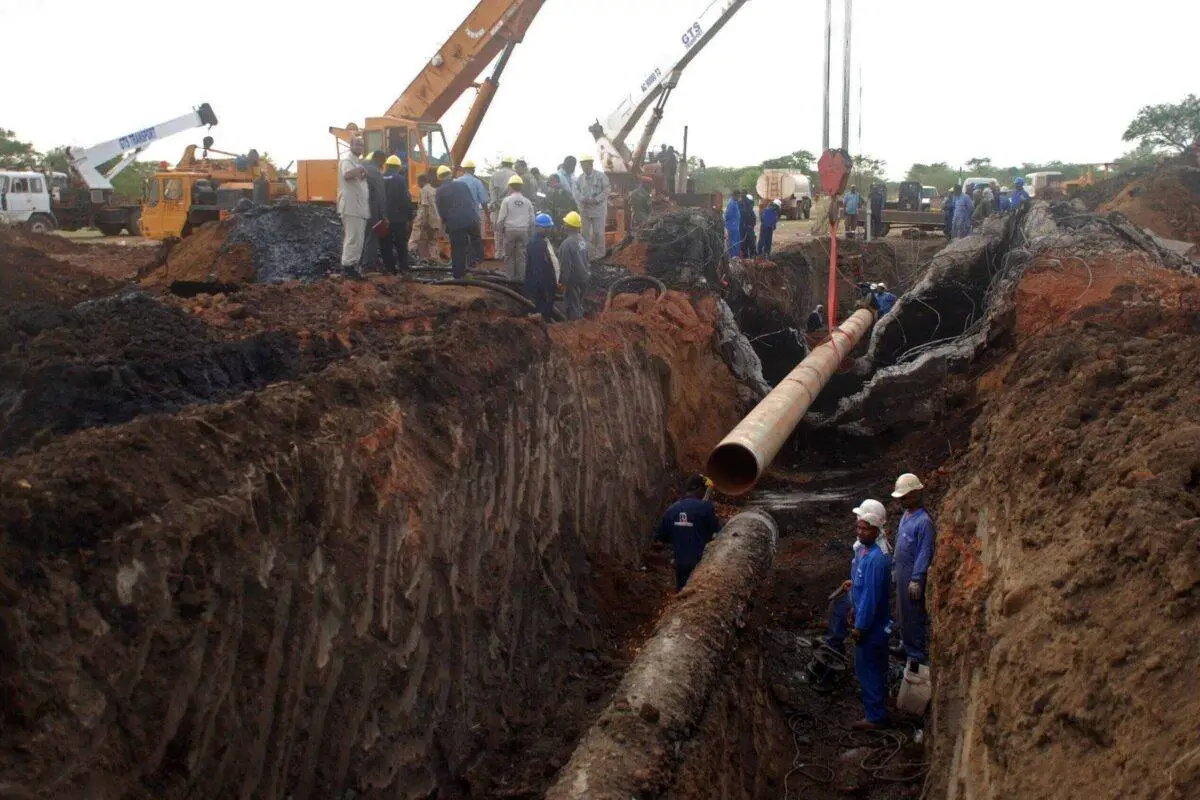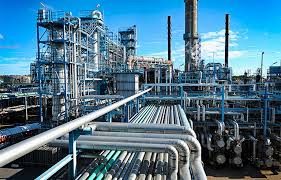Generation

Oman targets value chain for green energy manufacturing in Salalah
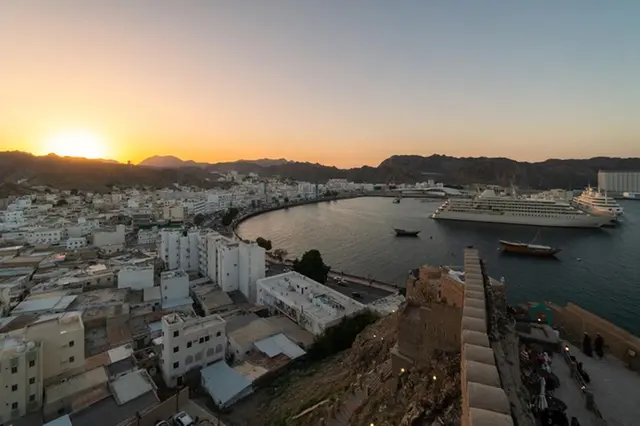
With three major green hydrogen projects in early development in Dhofar Governorate in the south of Oman, Salalah Free Zone (SFZ) — which adjoins the Port of Salalah overlooking the Indian Ocean — is positioning itself as an optimal destination for low-carbon downstream industrial investments.
The promise of green molecules becoming available in Salalah, starting from 2030 and beyond, bodes well for investment inflows that leverage the city’s geostrategic, infrastructural and logistical advantages, according to top officials of the free zone.
“Looking ahead, we also see Salalah playing a central role in Oman’s green energy transition, especially in green hydrogen and related industries. The zone offers the land, infrastructure and export access needed to support large-scale renewable projects”, said Ahmed Tabook, Commercial Director — SFZ.
Tabook, joined by his colleague Leena al Kathiri, Senior Business Development Specialist and Port of Salalah’s Chief Commercial Officer Ahmed Aubad Qatan, shared their thoughts on the free zone’s potential as an investment hub for petrochemicals, metals and logistics during a recent webinar hosted by Energy Connects.
Underpinning Salalah’s green hydrogen potential are several drivers. These include a strong government strategy and long-term support, partnerships with international markets such as the Netherlands to expand green hydrogen trade and bunkering solutions and export infrastructure already in place, with pipelines and liquid jetties at the Port of Salalah. Opportunities also extend across the full value chain: upstream, midstream and downstream.
“We are also actively focusing on attracting companies in the renewable energy supply chain — including solar cell and panel production, wind turbine components, wind blade manufacturing, electrolysers and hydrogen-related equipment. The aim is to build a complete supply chain for green energy manufacturing within Salalah Free Zone”, he stated.
At present, three gigawatt-scale projects — represented by the consortiums of SalalaH2, EDF / J-Power / Yamna and Actis / Fortescue — are targeting the production of green ammonia and green hydrogen starting from 2030 onwards. Supplementing the production of green molecules, large-scale renewable energy capacity based on solar and wind energy will also come on stream in the governorate, providing clean energy options for other industries in the free zone, he noted.
According to the officials, downstream opportunities in the free zone include green steel and green aluminium production, both of which are emerging focus areas. Initially, some projects may use a mix of hydrogen and natural gas, transitioning fully to hydrogen over time. Another major opportunity is green bunkering. As the global shipping industry shifts away from traditional fuels, future alternatives such as green ammonia and green methanol will be in demand. Pipelines from the free zone will connect directly to the Port of Salalah, creating an ideal hub for green fuel supply, they pointed out.
Strategically, Salalah is well-positioned between Rotterdam in Europe and Singapore in Asia — two of the world’s largest bunkering hubs. In the future, Salalah is expected to emerge as a new player in this global value chain. This is significant because sectors such as steelmaking and shipping fuels are among the hardest to decarbonise. Having the infrastructure in place for green hydrogen, green steel and green bunkering positions Salalah Free Zone as a hub for the industries of the future, officials noted.
Significantly, Salalah Free Zone also maintains robust liquid logistics infrastructure. A dedicated corridor connects the Port of Salalah to the free zone for liquid customers. Liquid petrochemical products are transported through pipelines to the liquid jetty inside the port. This 4.5-kilometre pipeline corridor currently handles around 4.5 million tonnes of liquid cargo — including LPG, methanol and ammonia — and will also support green hydrogen exports in the future, they added.



